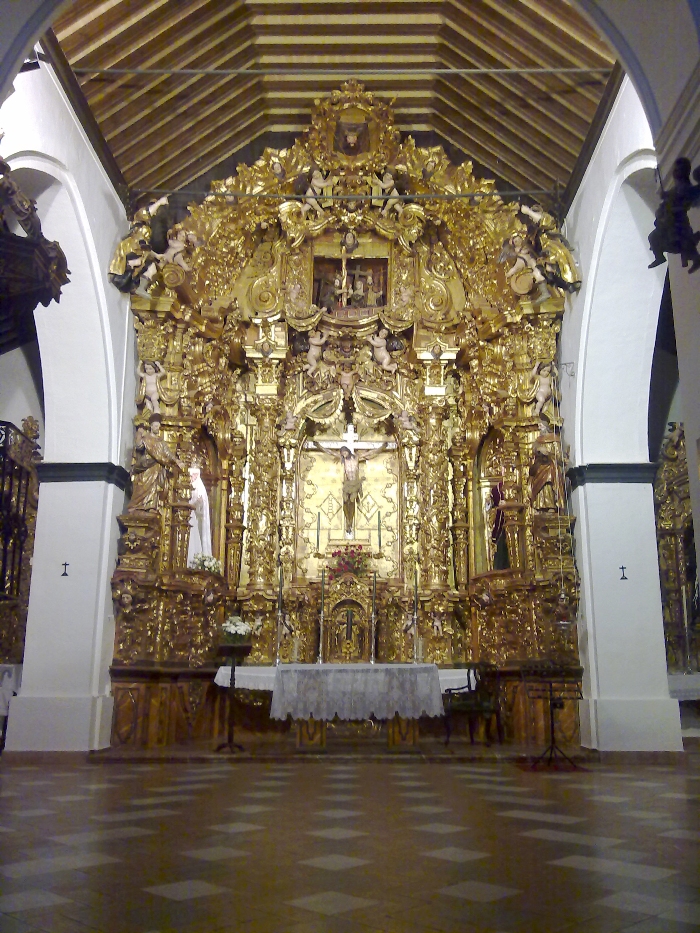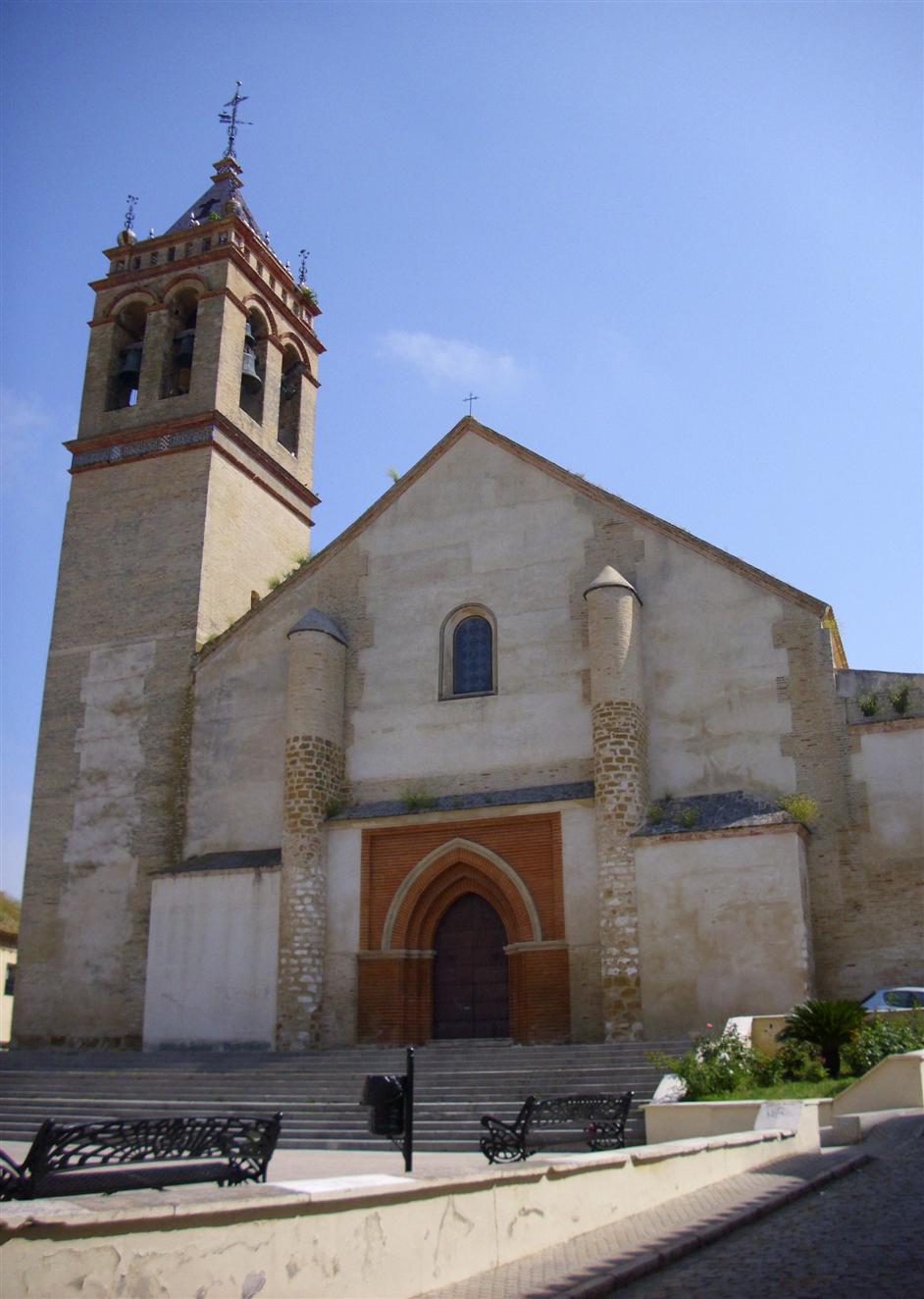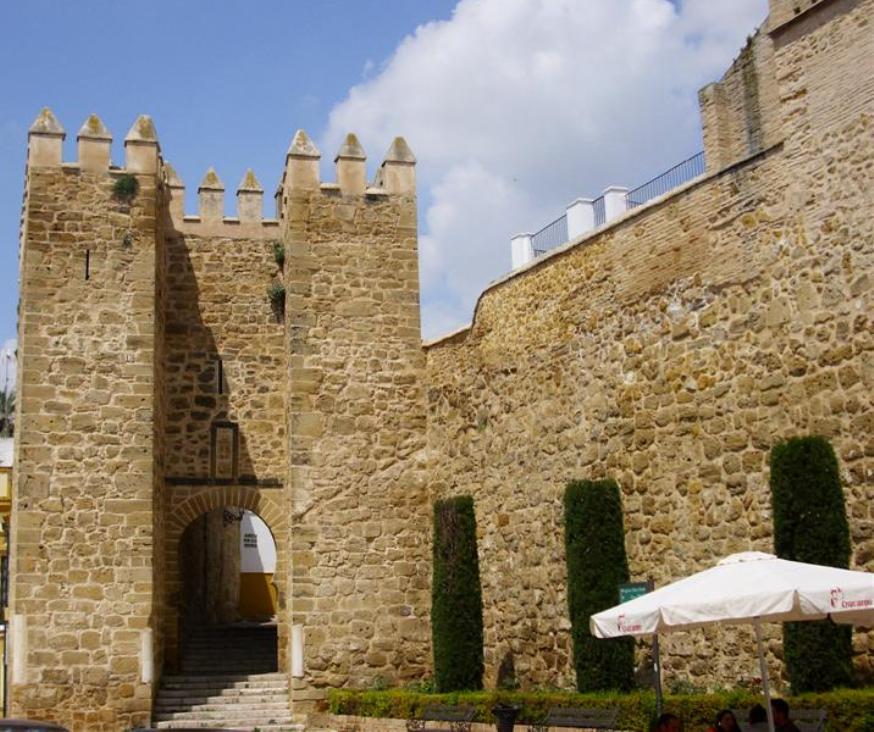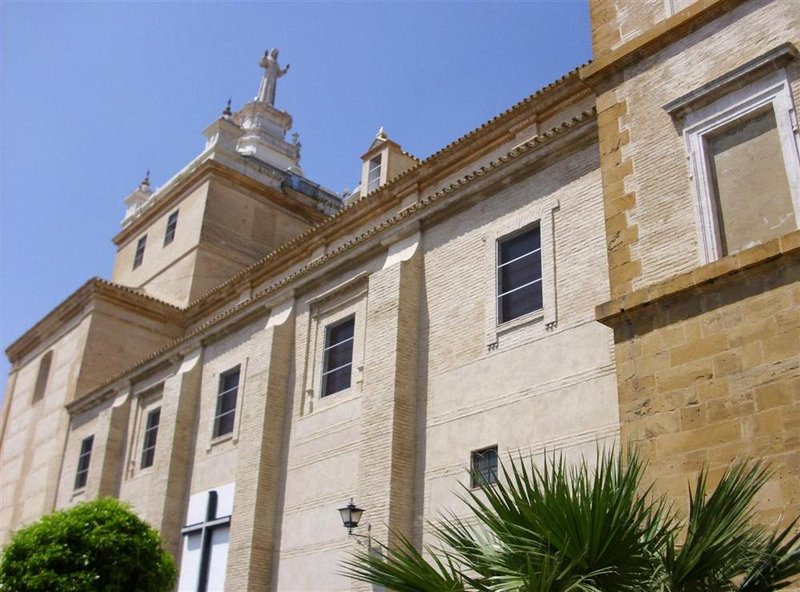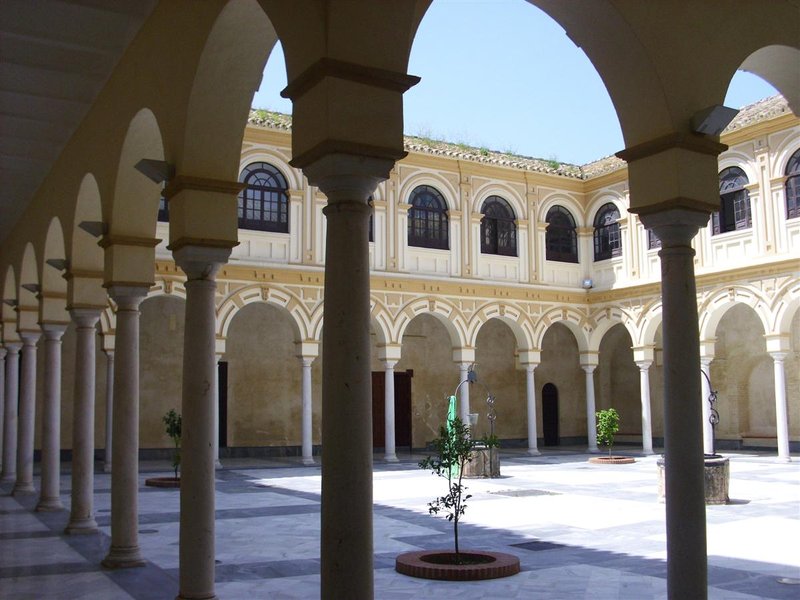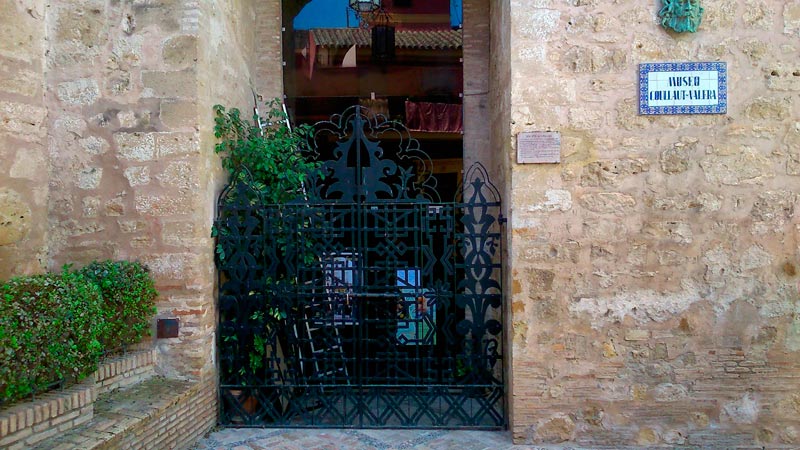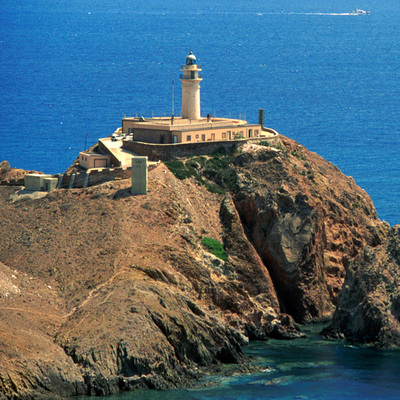Iglesia de San Agustín
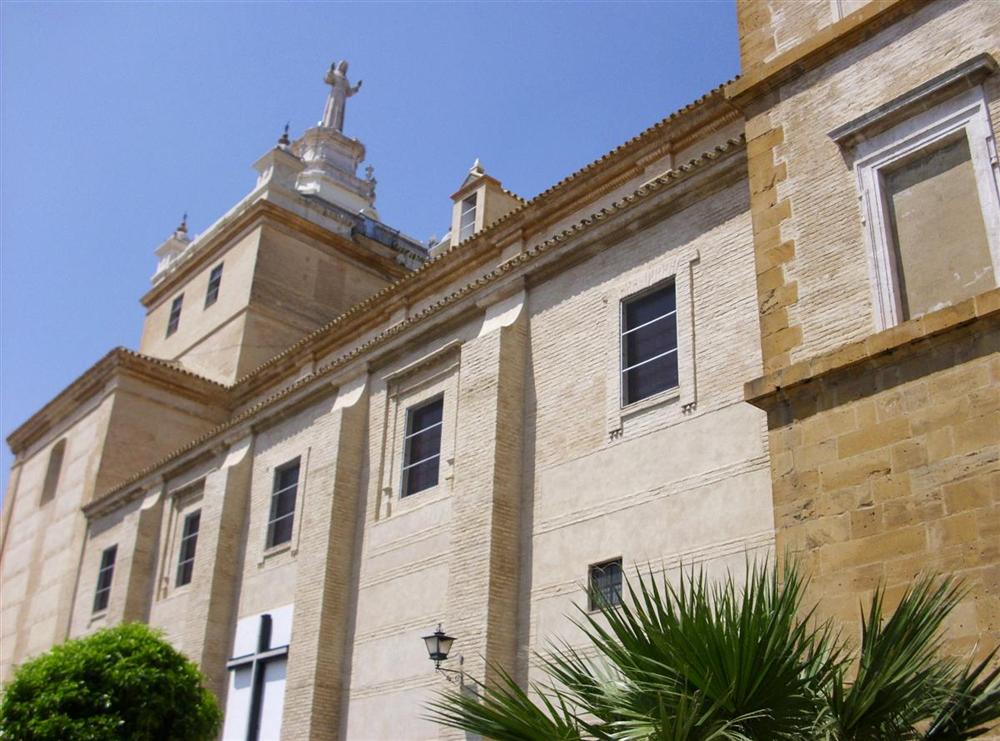
The church of the old Convent of San Agustín has three naves, the central one being longer than the side naves and a transversal nave forming a Latin cross. At the intersection there is a dome with a cupola. The church is in Baroque style, and construction began in the mid-17th century (1649), coinciding with the appointment of San Agustín as the second Patron Saint of Marchena. It was completed in the mid-18th century (1754). The church has a high choir and an 18th century organ.
In the convent area there is a splendid, large cloister, in two sections: the lower gallery with columns and semi-circular arches, and the upper floor, enclosed by large windows.
Designed as the temple- pantheon of the Ponce de León family, it is the final resting place of Manuel Ponce de León, 6th Duke of Arcos. The project corresponds to the master building of Toledo Cathedral, Bartolomé Zumbigo, who designed the church following the model of El Escorial and the style of Madrid churches. It was completed by the master builder Alonso Moreno.
It features a courtly façade with simple, austere decoration. This contrasts with the unusual interior decoration, unique in Spanish Baroque, comprising very interesting polychrome plasterwork, as a result of its themes with Aztec and Inca influences. Tropical flora and fauna (pumas and snakes) and elements of a magical-religious character like the Sun and the Moon, typical of Inca mythology in Peru.
The church is currently governed by the Padres Mercedarios Descalzos. It is home to the image of Nuestra Señora de Gracia, a work by Roque Balduque from the mid-16th century, and popularly known as the Hermandad de la Borriquita.
Services and infrastructure
Target audiences
Segments
Specialties
Open to visitors
You may be interested
